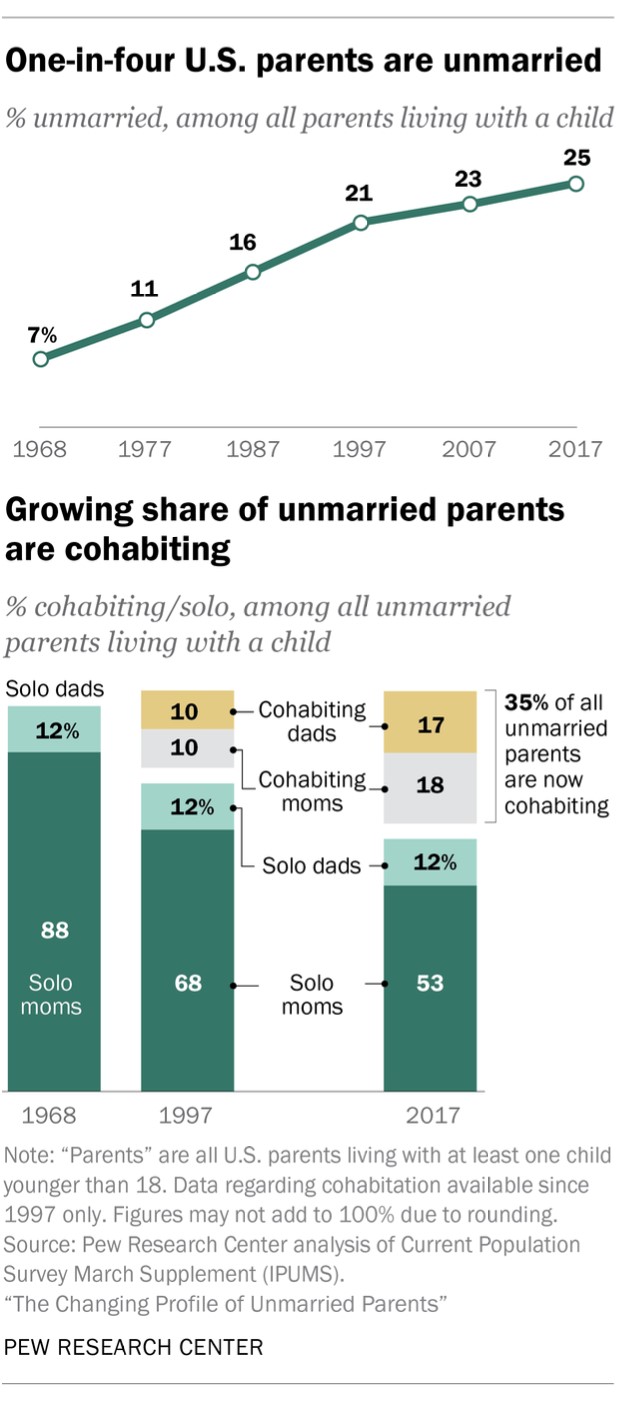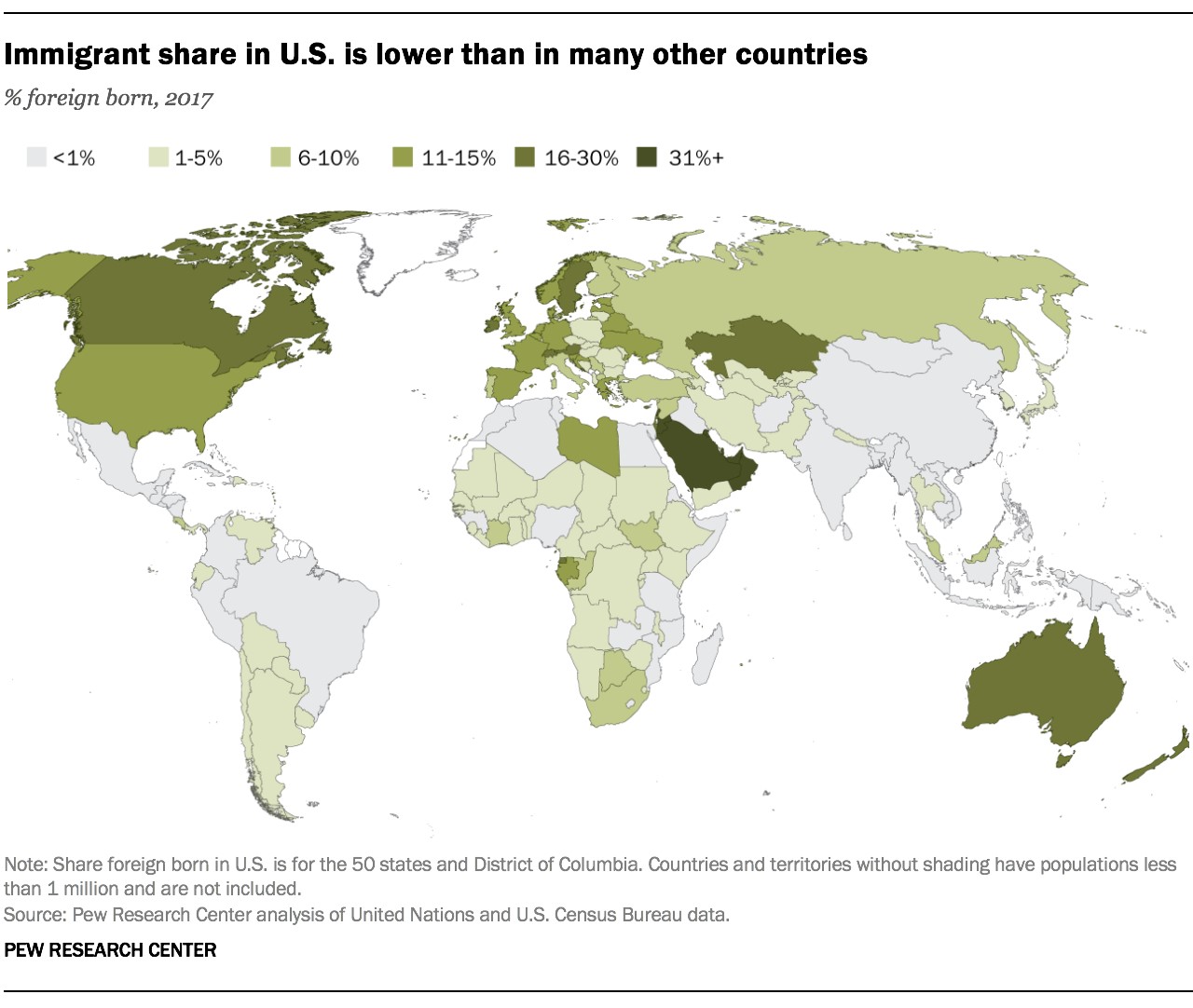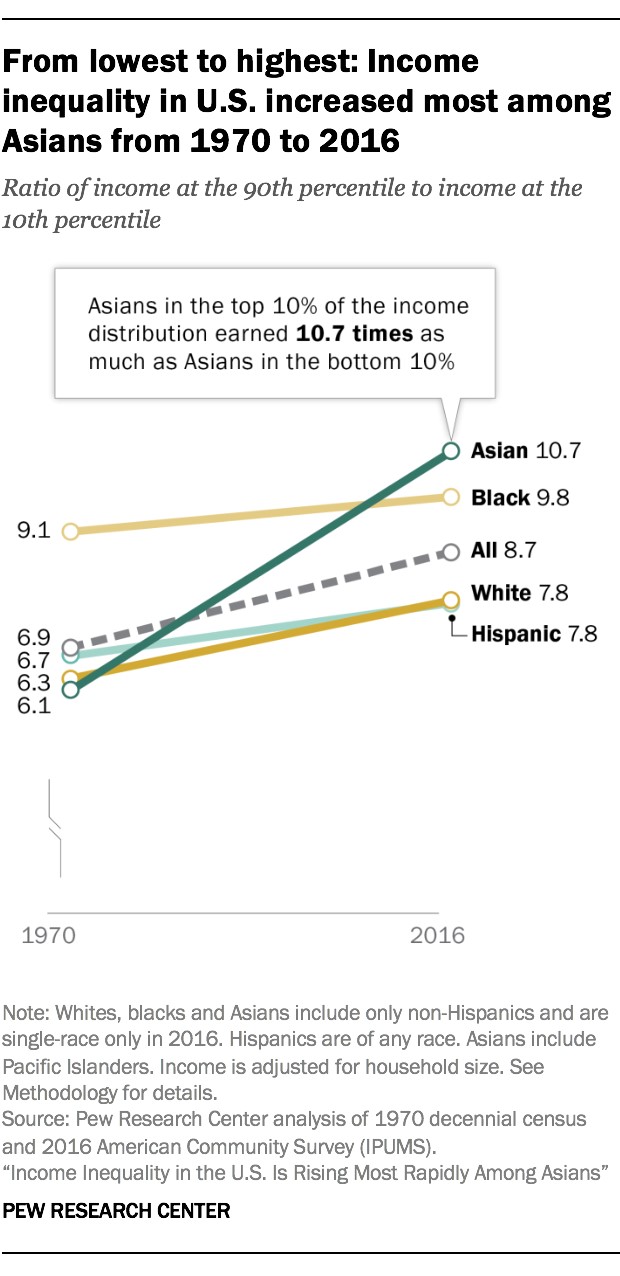Storytelling embodies an approach that is well adapted to meet the deep challenges of leadership. Situations in which story impacts people across an organization include:
- Persuading them to adopt an unfamiliar new idea
- Charting a future course
- Attracting the best talent
- Instilling passion and discipline
- Aligning individuals to work together
- Calling everyone to continue believing in leadership through the unpredictable ups and downs
The underlying reason for the affinity between leadership and storytelling is simple: narrative, unlike abstraction and analysis, is inherently collaborative.
Storytelling helps leaders work with other individuals as co-participants, not merely as objects or underlings. Storytelling helps strengthen leaders’ connections with the world.
After all, isn’t this what all leaders need – a connection with people they are seeking to lead?
“The mistake people make is thinking the story is just about marketing. No, the story is the strategy. If you make your story better you make the strategy better.”
– Ben Horowitz
THE QUICK SUMMARY
Content strategists Joe Lazauskas and Shane Snow offer an insider’s guide to transforming your business—and all the relationships that matter to it—through the art and science of telling great stories.
Smart businesses today understand the need to use stories to better connect with the people they care about. But few know how to do it well. In The Storytelling Edge, the strategy minds behind Contently, the world renowned content marketing technology company, reveal their secrets that have helped award-winning brands to build relationships with millions of advocates and customers.
Join as they dive into the neuroscience of storytelling, the elements of powerful stories, and methodologies to grow businesses through engaging and accountable content.
With The Storytelling Edge you will discover how leaders and workers can craft the powerful stories that not only build brands and engage customers, but also build relationships and make people care—in work and in life.
A SIMPLE SOLUTION – Transform your organization through the power of storytelling.
When Thomas Davenport and John Beck wrote the book The Attention Economy, they brought a very important message to church leaders. The book argues that information and talent are no longer your most important resource, but rather attention itself. People cannot hear the vision unless we cut through the clutter.
The principle of attention requires church leaders to be bold and relevant as they integrate vision into the internal communication of the church. According to Davenport and Beck, these are the most important characteristics to get attention:
- The communication is personalized.
- The communication comes from a trustworthy source.
- The communication is brief.
- The communication is emotional.
Imagine the implications of these attributes for your church’s communications. Are you sending targeted, HTML e-mails to supplement snail mail and print communication? Are you delivering your most important sound bites via podcast? Finally, it is important to keep good communications people close to the core leadership. They shouldn’t have to guess about your church’s DNA. Rather, allow them to be privy to all the conversations and dialogue that surround development and articulation of your vision.
Harness the power of storytelling, and organizations and their leaders will win advocates and customers at a larger scale than ever before.
Stories Make Products and Services Better
Stories have a huge impact on the way people decide what products to buy. We’ll do a lot because of a good story. We’ll change our minds about a product if it incorporates a good story. We’ll change our minds about a product if it incorporates a good story. We’ll pay a little extra for a product that has an inspirational backstory. And we’ll give something a second chance because of a redemption story.
Stories Make Advertising Better
Corporations are realizing that the most effective way to find a hit is to strategically create content (story), test how it will connect with audiences, and then optimize the approach based on what they learned.
Stories Make Your Hiring Process Better
There are no real boundaries between internal and external marketing anymore. When you tell a great story that inspires the outside world, it also inspires the people inside your four walls.
Stories Build Your Brand
Brands that embrace great storytelling can achieve an incredible advantage over their competition.
Joe Lazauskas and Shane Snow, The Storytelling Edge
A NEXT STEP
How do you effectively invite people to take an active part in your vision? This is a constant challenge for leaders of every organization I work with. The answer? Vision-soaked communication. Get clear about your vision, develop a palette of tools to communicate it, and then let it soak into and through every way you communicate.
This is what the best organizations in the world do so well. Apple. Tesla. Amazon. Every piece of communication or interaction you have with these organizations is absolutely soaked in their vision, mission, and values. Just when you read the names of those organizations, colors and feelings were evoked inside of you, weren’t they? That’s the power of vision-soaked communication.
All ministry is communication intensive. It follows that story telling and understanding the nuances of story will help any leader in the daily ebb and flow of communication. Use these story types as described by Auxano Founder Will Mancini to do an inventory on your own “range” of utilizing of stories as a leader.
CREATION STORY
This does not refer to the first book of Scripture but to the genesis of the organization itself. If you are a pastor, you should know more about the creation story of your church than anyone on the planet. What are the circumstances—passions, problems, and people—surrounding how the church got started to begin with? Mastering the richness of the creation story will help in two major ways. First, it will hold insight into the unique culture of the church and therefore future decision-making and vision. Second, your mastery of the story itself will bring tremendous credibility with people when initiating change.
> ACTION STEP: Write a one-page, two-minute creation story talk. If you have any gaps in your knowledge interview people in your church until you know more than anyone else.
SIGNATURE STORY
A signature story relates to any milestones or hand-of-God moments after the creation story. Obviously a church with more history will have more signature stories. These accounts show off strengths of the church and God’s hand in its history. Look for signature stories when discerning a church’s Kingdom Concept (What can your church do better than 10,000 others?). These stories reveal the values and mark the high-water line of God’s activity and unique journey for each church. Use the signature stories the same way as the creation story: celebrating God’s goodness, explaining decision-making and guiding change.
> ACTION STEP: Make a list of 3-5 possible signatures stories in your church. Ask key leaders to do the same and make a master list of the top five.
FOLKLORE
Folklore stories are simply ones that are worth being told and retold. While there may be overlap between the first two on the list, folklore often focuses on the life change journey of individuals. Even though everyone has special stories of God’s transforming work in their lives, folklore shows off, in brilliant detail, the mission or strategy, a value or life mark, from the church’s articulated. Folklore often embeds a moment of modeling—like repeated prayer, gospel conversation or invitation toward an unchurched friend—that reflects “the win” we are striving for as a congregation. Imagine a church planter who sees a convert grow with unusual intentionality to become a key leader in the church. This story could model the pattern that we hope to see repeated over and over.
> ACTION STEP: Identify three stories from individuals in your church that you know could never be shared too much. Ask another leader in your church to capture all of the details of the story in a two-page, five-minute summary.
HORIZON STORY
Now turn your attention of story-telling to the future. Think of the horizon story as a time-machine window where you tell people what God is going to do. It may have a lead in like, “What if…” or “Imagine…” Tell a story of what the church will be like in one year. How about three years? When crafting this vision-casting story, it’s important not to be presumptuous. To guard against that make sure you show what we call the “God smile,” that is, remind people that this is God’s idea not yours.
> ACTION STEP: Prepare a two-minute story to tell someone what your church will look like in one year. To give yourself freedom, don’t worry about sharing it with anyone— you may or may not. But practice thinking about the future feel of a story.
THE GOSPEL
The centerpiece of all story telling is the gospel. It is important to define every other story in relationship to the grand news of God’s intervention in our world and our lives through the death, burial, and resurrection of Jesus. You may wonder, “This is a given, so why would you mention this as an organizational story?” First, many congregations are stuck in a shallow appreciation for the gospel’s ongoing presence and power in daily life. Second, as you master story as a leader, you won’t want to develop and practice the other story types to the neglect of the gospel. Rather, let the gospel develop you as you integrate it into all story telling.
> ACTION STEP: Grab a copy of Center Church by Tim Keller and study the section on “Atonement Grammars.” This is one of the most helpful summaries available.
TEACHABLE POINT OF VIEW
The last two kinds of stories have to do more with the personal life of the leader. A teachable point of view, a term coined by Noel Tichy in The Leadership Engine, is the story that surrounds personal leadership learning. Informal leadership development happens best when an experienced leader, in relationship with other leaders can unpacks stories of why they do what they do. Where did this conviction come from? What led me to develop this skill? Why did I make what seemed to be a counter-intuitive decision? The more that you have thought about your leadership’s teachable point of views, the more often and intentional will be the transference of wisdom in your leadership culture.
> ACTION STEP: Take 20 minutes and write down your top 10 learnings as a leader. Write down a few bullet points and begin to flesh out the story behind the learning.
CONVERSION STORY
The last story is the perhaps the most obvious, but should not go unstated. In many leader’s lives, there is a failure to acknowledge the story of the personal journey with God at its very beginning. Maybe that’s because it happened when the leader was young, which seems pretty distant from the “important” leadership work of today. How many people on your leadership team know the details of how you trusted Jesus and how you grew in affection for the gospel? Using your own conversation story as a leader is important for at least three reasons. First, it will keep you humble. Second, it’s a personal help to keep the gospel at the center of all stories. Third, it will model for people the importance of sharing a personal testimony.
> ACTION STEP: Create a one-page, two-minute conversion story testimony. Practice sharing it with one other person a week, asking the other person to share their conversion story.
Excerpt taken from SUMS Remix 94-2, released June 2018.
This is part of a weekly series posting excerpts from one of the most innovative content sources in the church world: SUMS Remix book excerpts for church leaders.
Each issue SUMS Remix takes a practical problem in the church and looks at it with three solutions; each solution is taken from a different book. Additionally, a practical action step is included with each solution.
As a church leader you get to scan relevant books based on practical tools and solutions to real ministry problems, not just by the cover of the book. Each post will have the edition number which shows the year and what number it is in the overall sequence. (SUMS Remix provides 26 issues per year, delivered every other week to your inbox).
> > Subscribe to SUMS Remix <<

Tags: Communicating with story, Joe Lazauskas, Shane Snow, Stories, Storytelling, The Storytelling Edge
|
What is MyVisionRoom? > | Back to Leadership >






































